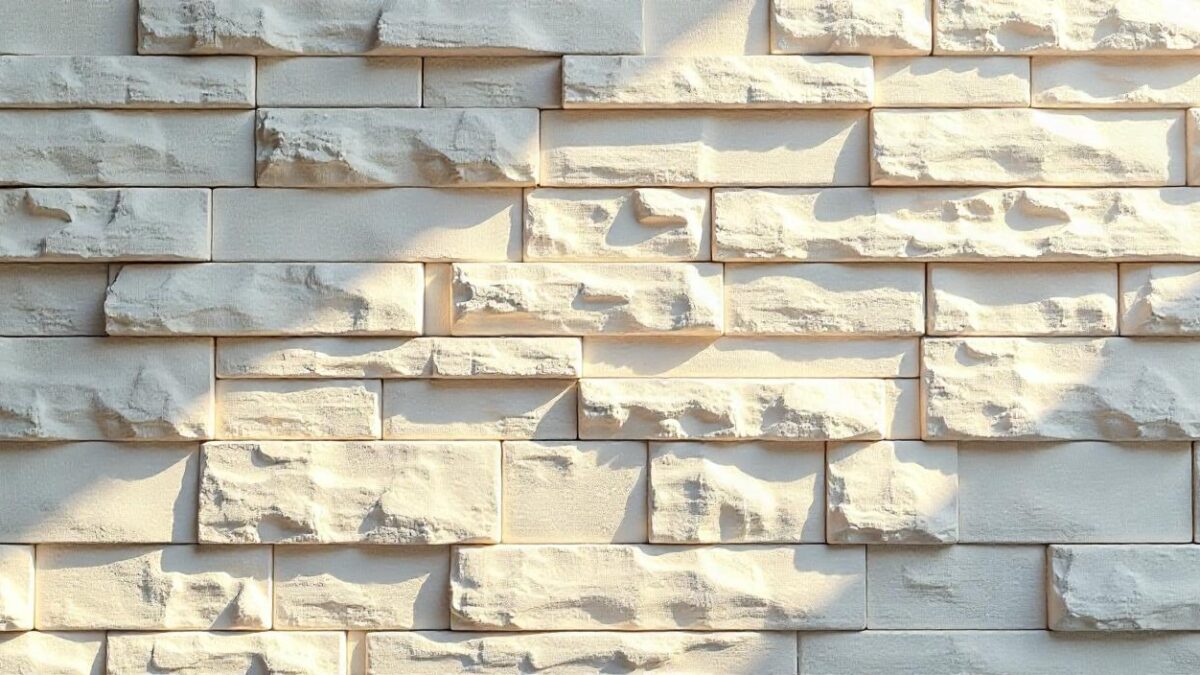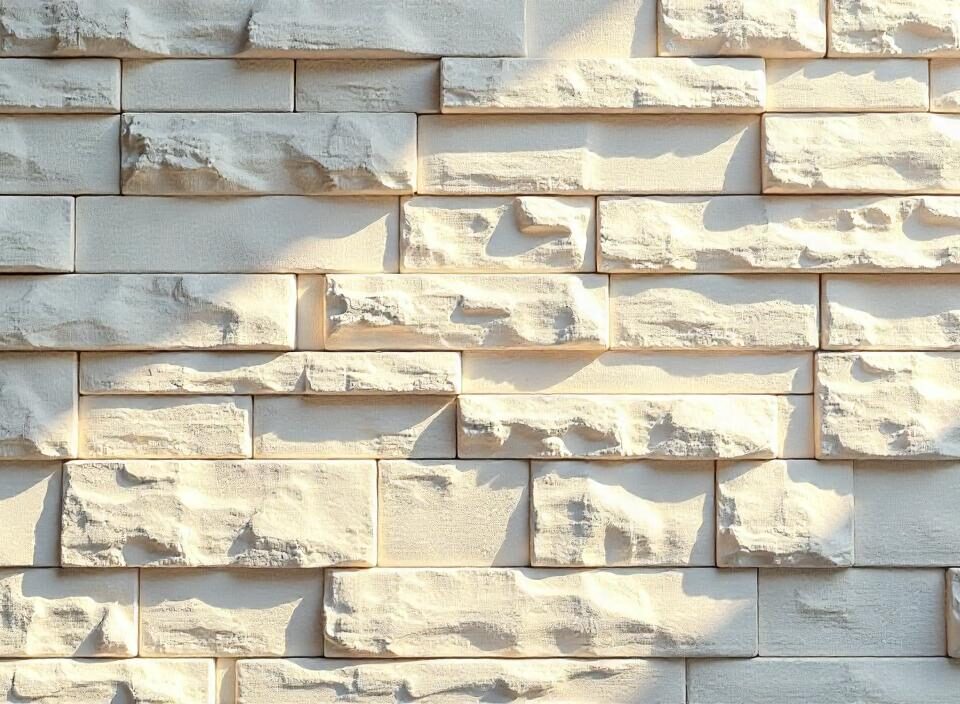Stone wall cladding adds a timeless and natural beauty to any space, be it indoors or outdoors.
Stone wall cladding endows any space whether indoors or outdoors a phenomena and a natural beauty. Due to its durability and its elegant appearance, many homeowners and businesses find using synthetic roofs very attractive. But that beauty and life span may be kept by means of regular cleaning and care. In this guide, we will show you how you may clean your Stone Wall Cladding , without damaging the material.
- Understand the Type of Stone
When it comes to cleaning up your wall cladding, you should know the type of stone it is first. There are many types of stone—granite, limestone, slate or sandstone and so on—and the methods and products we use when cleaning are based on the type of stone. Examples of porous stones are limestone and sandstone, which are susceptible to staining, and need to be treated with a little more love, than non porous stones such as granite.
Use the wrong cleaning method and you could actually damage your stone or reduce its lifespan so do spend time to research the specific requirements for the type of stone you have. - What You’ll Need Tools and Materials
For a basic cleaning, gather the following tools and materials:
Soft brush or broom
Clean water
Stone specific cleaners or Mild soap
Microfiber cloths or soft rags are scrapped across the surface itself.
Optional for the outdoor cladding is pressure washer.
Optional, but recommended for long term protection: Sealant - Dust and Debris Removal
The easiest way to clean stone wall cladding is to clear as much loose dirt, dust, or debris as possible first. To remove dust from indoor cladding use a soft broom or a vacuum cleaner with a brush attachment. On outdoor cladding, you may need to use a soft brush or hose down with a garden hose to remove dirt, moss or plant debris.
It is important not to brush too much on the stone surface. Never use hard bristle brushes that will scratch the stone and damage the surface. A soft bristle brush is fine for this. - Wash with Water and Mild Soap
Once you’ve removed loose debris it’s time to go a bit deeper. Make up a solution of clean water and mild soap. If you'd like something specifically formulated for stone surfaces, there are stone specific cleaners that are also available.
For indoor cladding: Take the solution of the soapy water and a wipe down microfiber cloth or a soft sponge on the dampened surface of the stone gently. Too much water can penetrate the stone and do long term damage, make sure you aren’t oversaturating the stone, especially if the stone is a porous type.
For outdoor cladding: You can rinse off the stone with a garden hose, or pressure washer on a low setting. Do not use too much pressure however as this can damage softer stone types or loosen the cladding with time.
Rinse with clean water after cleaning to clear off soap residue. - Removing Stains
However, time is not kind to your stone wall cladding: dirt, water, or even mold and mildew can leave stains. Here’s how to tackle common stains:
Mildew or algae: Mildew and algae are common on outdoor cladding in damp or shaded areas. To knock mold off, mix one part bleach with four parts water and rub it into the affected areas with a soft brush. Rinse it well with water after it sits for 10–15 minutes. Do not allow the bleach solution nor remain long, particularly on porous stones.
Grease and oil stains: Indoor stone cladding is more common that these stains show up on. Make up a paste with water and baking soda. Rub the stained area with paste, let it sit a couple of hours, scrub gently, using a soft brush and rinse with clean water.
But it is important to always test any cleaning solution in an inconspicuous area first — to be sure it will not damage or discolor the stone. - Dry the Stone
When the stain has been removed from the stone surface, wash and dry the stone, making sure using a dry and clean microfiber cloth when doing so. For porous stone types, this step is especially important so you don’t leave water on the surface and get water stains or damage.
Outdoor cladding is no different and you can leave stone to dry naturally, although there should be no pooling of water around the base of the wall, so that it eventually erodes or damages. - Apply a Sealant (Optional)
While sealing your stone wall cladding is not necessary, it may add an additional layer of protection — particularly for porous stones. Sealants prevent moisture from being absorbed by the driveway, they also cut down on the likelihood of staining and can make future cleaning easier.
Matte and glossy finish stone sealants are available, pick the one that’s right for the look you’re after. Depending on the wear and tear the cladding experiences, reapply the sealant every couple of years. - Routine Maintenance
For your stone wall cladding to look good, set up a cleaning schedule. For indoor cladding, dust the surface weekly then do a more thorough clean every few months. Outer cladding may need more regular care if it’s left to the elements or if plants and animals get at it.
As well as keeping your cladding looking its best, regular maintenance is your best chance to catch any problems (such as cracks or loose stones) before they become major issues.
Conclusion
Stone wall cladding is a relatively simple thing to clean, but it does need some care and attention or you may damage the stone. Following the steps outlined above will help you keep stone wall cladding as a natural beauty feature in your space for many more years.
If you are looking for expert advice and quality stone products, you might also want to take a look at The Stone Evolution , a reliable name in the stone industry that offers durable and beautiful cladding solutions (such as Cladding Birmingham, cladding London, and cladding Manchester) which can definitely help enhance any project.


